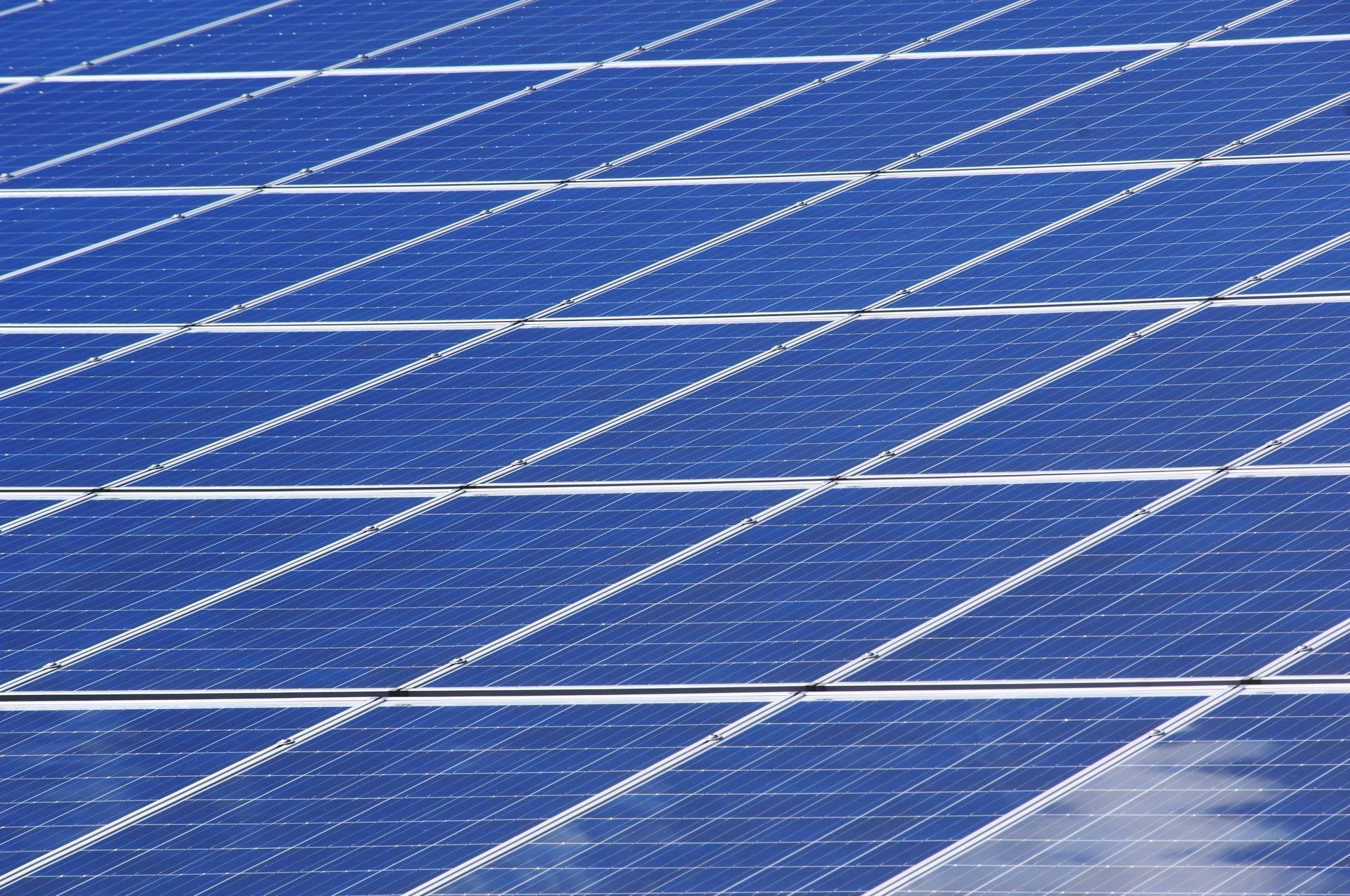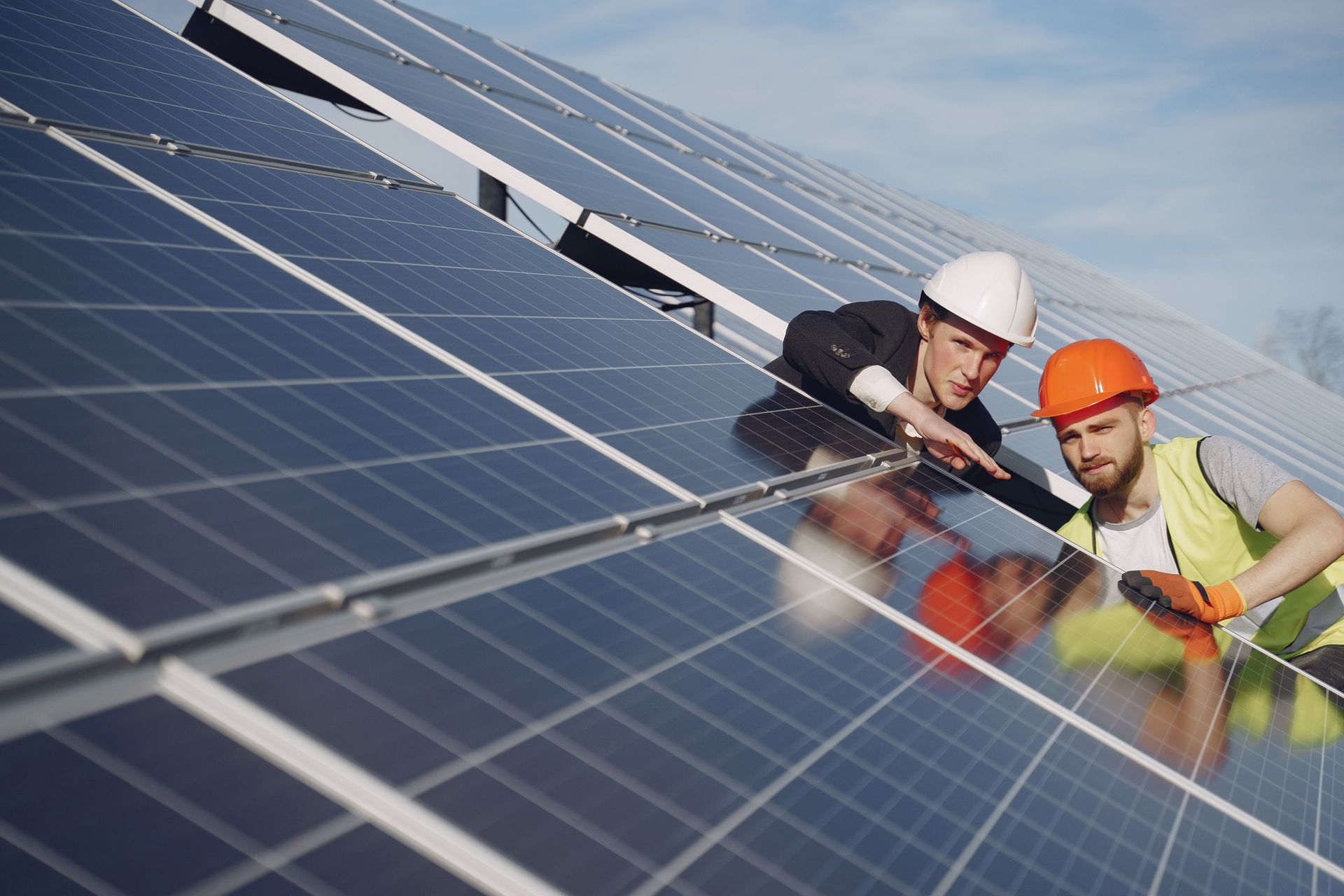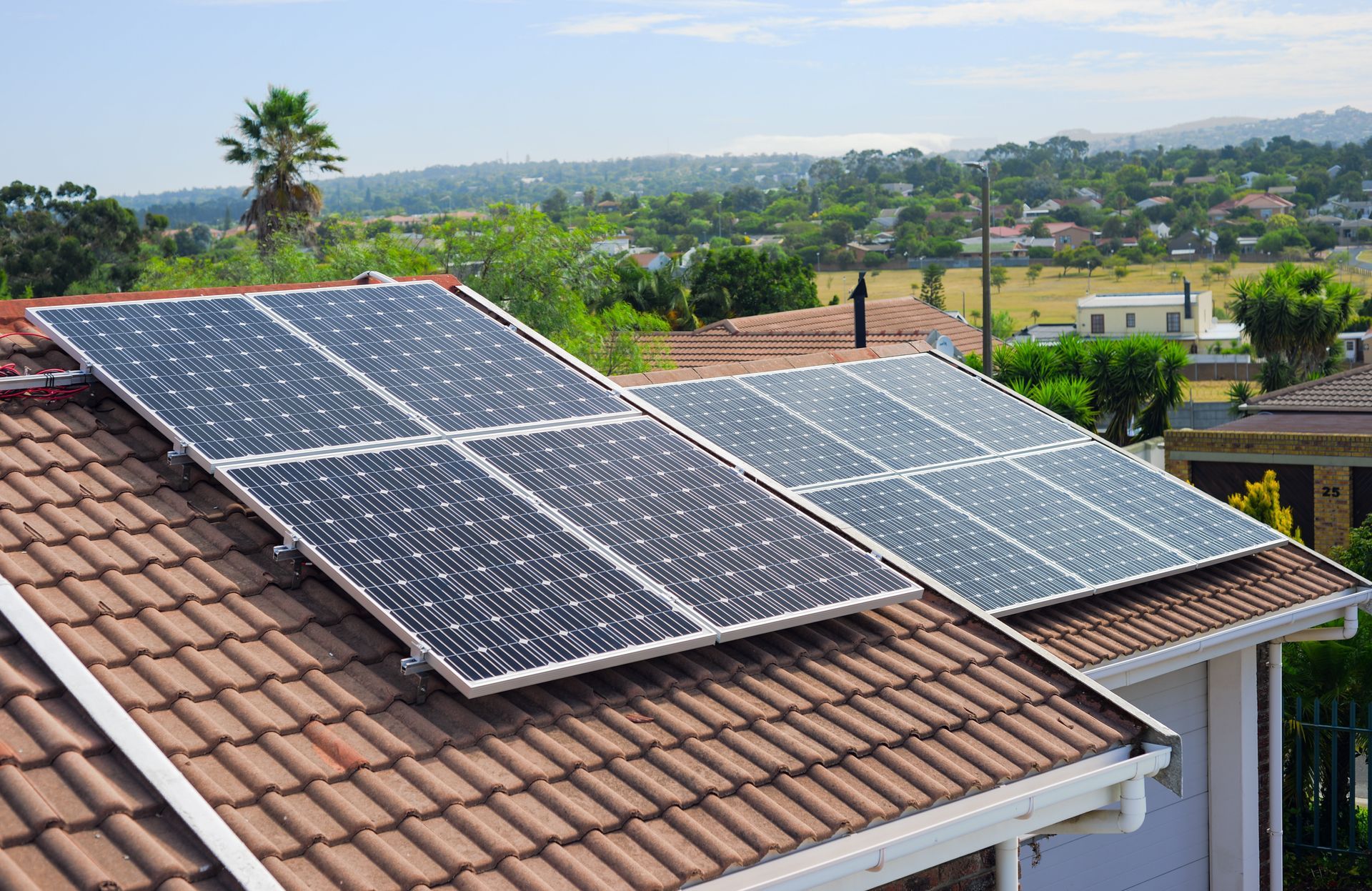Trump’s Solar Tariff Plans for a Second Term & the Impact on Solar Prices: What You Need to Know
The topic of solar tariffs has been a point of significant discussion and concern in the renewable energy sector over the past several years. During his first term, former President Donald Trump implemented tariffs on solar panel imports, specifically targeting China, which was a major supplier of solar panels to the U.S. market. These tariffs were intended to protect American manufacturers from foreign competition but had mixed effects on the solar energy systems industry. As Trump has hinted at continuing his tariff plans for a potential second term, it’s important for consumers and businesses considering solar energy to understand what this could mean for solar prices and the broader industry.
In this blog post, we’ll break down how Trump’s solar tariff policies could impact the price of solar panels, what this means for your investment in solar energy, and how
Infinity Solar USA can help you navigate these changes.
What Are Solar Tariffs and Why Were They Implemented?
Solar tariffs refer to taxes or duties placed on imported solar panels and equipment, making them more expensive for U.S. consumers. In 2018, the Trump administration imposed a 30% tariff on imported solar cells and panels, primarily from China, under the premise of protecting domestic solar manufacturers. The idea was that U.S.-based solar manufacturers would have a better chance of competing in the market if foreign panels became more expensive.
The tariffs were phased down over time, reducing to
15% by 2022. However, solar installers, homeowners, and businesses saw higher upfront costs for
solar system installations due to the increased cost of panels, leading to concerns that tariffs could slow the adoption of clean energy technologies.
Trump’s Solar Tariff Plans for a Second Term
While it’s still uncertain whether Trump what his full policy plans will look like, it’s been reported that he may look to reinstate or further expand his tariff policies on imported solar panels when he returns to office. The focus of these potential new tariffs would likely remain on China, which is a major producer of solar cells and panels.
This is significant because, as of now, China still plays a dominant role in solar panel manufacturing globally, and the U.S. depends heavily on imports for its solar industry. However, there are some positive developments in the solar sector that could mitigate the effects of any future tariffs:
- Domestic Solar Manufacturing Growth: In response to tariffs, some U.S.-based companies have ramped up their manufacturing capacity, which could help offset the impacts of higher import tariffs.
- Increasing Demand for Solar: As solar energy becomes more mainstream and cost-competitive with traditional energy sources, demand for solar panels remains high, meaning that the overall impact of tariffs may be less severe if the market continues to grow.
Despite these efforts to build domestic supply, however,
tariffs could still raise the price of solar panels, affecting the overall cost of going solar.
Impact of Solar Tariffs on Solar Prices
If tariffs are reinstated or expanded,
solar panels could become more expensive again. Here’s how that could impact the price of solar systems:
1. Higher Upfront Costs for Solar Installations
Tariffs directly increase the cost of imported
solar panels, which would likely result in higher upfront costs for both
residential and
commercial solar systems. Even if the tariff rate is not as high as the original 30%, a tariff of 10-15% would still add hundreds to thousands of dollars to the total cost of
solar panel installation, depending on the system size.
2. Slower Adoption of Solar
Higher costs could lead to a slowdown in solar adoption as fewer homeowners or businesses may find
solar energy system financially feasible. While solar prices have been dropping steadily over the past decade, tariffs could reverse some of those gains, particularly for budget-conscious buyers who may already be on the fence about making the switch to solar.
3. Less Incentive for Large-Scale Projects
Large-scale solar farms, which play a major role in clean energy production, could also feel the effects of tariffs. Utility companies and energy providers looking to
install solar power system may face higher costs, potentially making these large-scale projects less attractive if they are no longer as cost-competitive compared to fossil-fuel-based energy sources.
4. Impact on Solar Equipment Beyond Panels
Solar tariffs may also affect other parts of the system, including
inverters, battery storage systems, and other components that are often imported. This could further increase the overall cost of
solar installations, especially for those incorporating energy storage solutions into their solar systems.
5. State and Federal Incentives Will Be Even More Important
If tariffs push up solar prices, it will become even more important to take advantage of available incentives. Currently, homeowners and businesses can benefit from:
- The Federal Investment Tax Credit (ITC), which offers a 26% credit for the cost of installing solar (this is set to step down in the coming years, but it still provides substantial savings).
- State-level rebates and incentives that can further lower the upfront cost of solar.
Incentives help make home performance solutions and sustainable energy systems more accessible despite price fluctuations.
How Can Infinity Solar USA Help You Navigate Solar Tariffs?
At
Infinity Solar USA, we are committed to helping our customers save money and make informed decisions about their energy futures—regardless of market conditions. Here’s how we can assist you:
1. Expert Guidance on the Best Solar Solutions
Our team is always up to date with the latest industry trends and government policies, including tariffs and incentives. We can help you design a solar system that works for your budget, ensuring you’re getting the best value possible, even in a market affected by tariffs.
2. Maximizing Savings Through Incentives
We help you take advantage of federal, state, and local
solar incentives. Combined with smart
solar panel installation strategies, these incentives help offset rising costs.
3. Financing Options
We understand that upfront costs can be a concern for many homeowners and businesses. At Infinity Solar USA, we offer various
financing options to help make solar energy more accessible, even if solar prices rise due to tariffs. Whether through
loans, leases, or
Power Purchase Agreements (PPAs), we can help you find a payment structure that fits your needs.
4. Future-Proofing Your Energy Costs
With solar, you lock in long-term savings regardless of future tariffs or energy rate hikes. Paired with
solar panel maintenance,
battery backup, and optional
HVAC system upgrades, your home becomes more energy-efficient and resilient.
Final Thoughts
Trump’s proposed solar tariffs could increase the cost of solar energy systems, but with the right planning, Infinity Solar USA ensures you still benefit from going solar. We also offer services like solar panel maintenance, solar panel cleaning, and solar panel replacement, ensuring your system performs at its best.
At Infinity Solar USA, we’re committed to helping you navigate these changes in the market and ensuring you get the best value out of your solar system. If you’re ready to explore how solar can help you save money and protect against future energy price hikes, contact us today for a free consultation.
Let’s make your energy future brighter—no matter what the tariffs bring!
More Blog Posts
More Guides For You From Our Help Center
Service and Troubleshooting
Understanding your solar system performance
How to schedule a repair
Solar Financing and Incentives
How does net metering work?
- How Net Billing Works (And Why Export Credits Are Your New Best Friend)
- How "Buy All, Sell All" Works in Solar (And Why It’s a Great Deal for You)
- How Monthly Net Metering Works (Spoiler: It’s Like a Bank for Your Energy)
- What is Net Metering and Why It Matters in the Solar Industry?
- What Is 1:1 Net Metering, and Why Should You Care? (Hint: It’s Awesome)
Solar financing. Understanding your options
- Explore Your Financing and Cash Options for Going Solar with Infinity Solar USA
- Commercial Solar Solutions: What You Need to Know from Infinity Solar USA
- Solar Installation Costs and Financial Incentives: What You Need to Know from Infinity Solar USA
- Why Solar Loans Reamortize in Month 19: A Closer Look
System Performance
How to optimize your solar systems performance
How peak sun hrs works in solar
How does roof pitch and orientation affect solar production?
How shading and irradiation affect solar production
Solar 101
Understanding your solar energy savings
Different purchase options:
How do I save money with solar?
Solar Process
Step 1 Proposal Introduction
Step 2 Construction Pipeline Process
Step 3 Permission to Operate
Service and Troubleshooting
Understanding your solar system performance
How to schedule a repair
Solar Financing and Incentives
How does net metering work?
- How Net Billing Works (And Why Export Credits Are Your New Best Friend)
- How "Buy All, Sell All" Works in Solar (And Why It’s a Great Deal for You)
- How Monthly Net Metering Works (Spoiler: It’s Like a Bank for Your Energy)
- What is Net Metering and Why It Matters in the Solar Industry?
- What Is 1:1 Net Metering, and Why Should You Care? (Hint: It’s Awesome)
Solar financing. Understanding your options
- Explore Your Financing and Cash Options for Going Solar with Infinity Solar USA
- Commercial Solar Solutions: What You Need to Know from Infinity Solar USA
- Solar Installation Costs and Financial Incentives: What You Need to Know from Infinity Solar USA
- Why Solar Loans Reamortize in Month 19: A Closer Look
System Performance
How to optimize your solar systems performance
How peak sun hrs works in solar
How does roof pitch and orientation affect solar production?
How shading and irradiation affect solar production
Solar 101
Understanding your solar energy savings
Different purchase options:
How do I save money with solar?
Solar Process
Step 1 Proposal Introduction
Step 2 Construction Pipeline Process
Step 3 Permission to Operate



